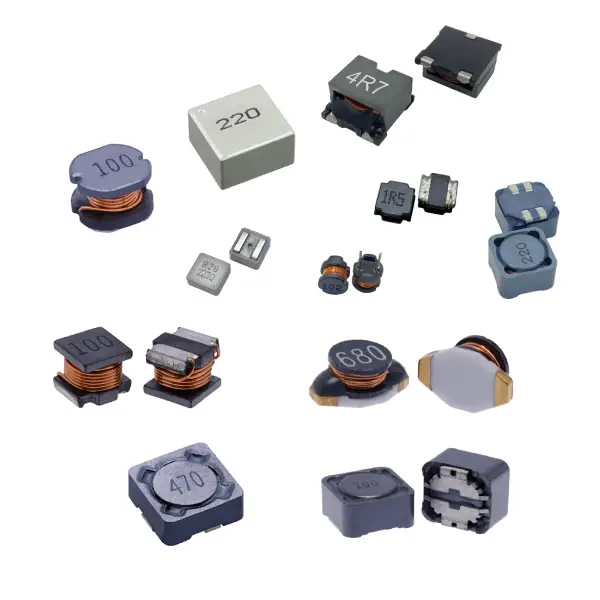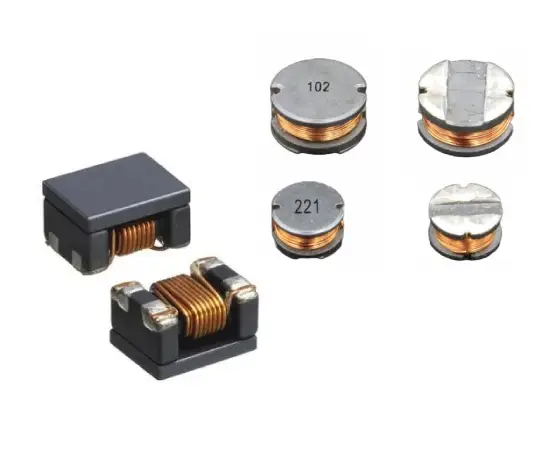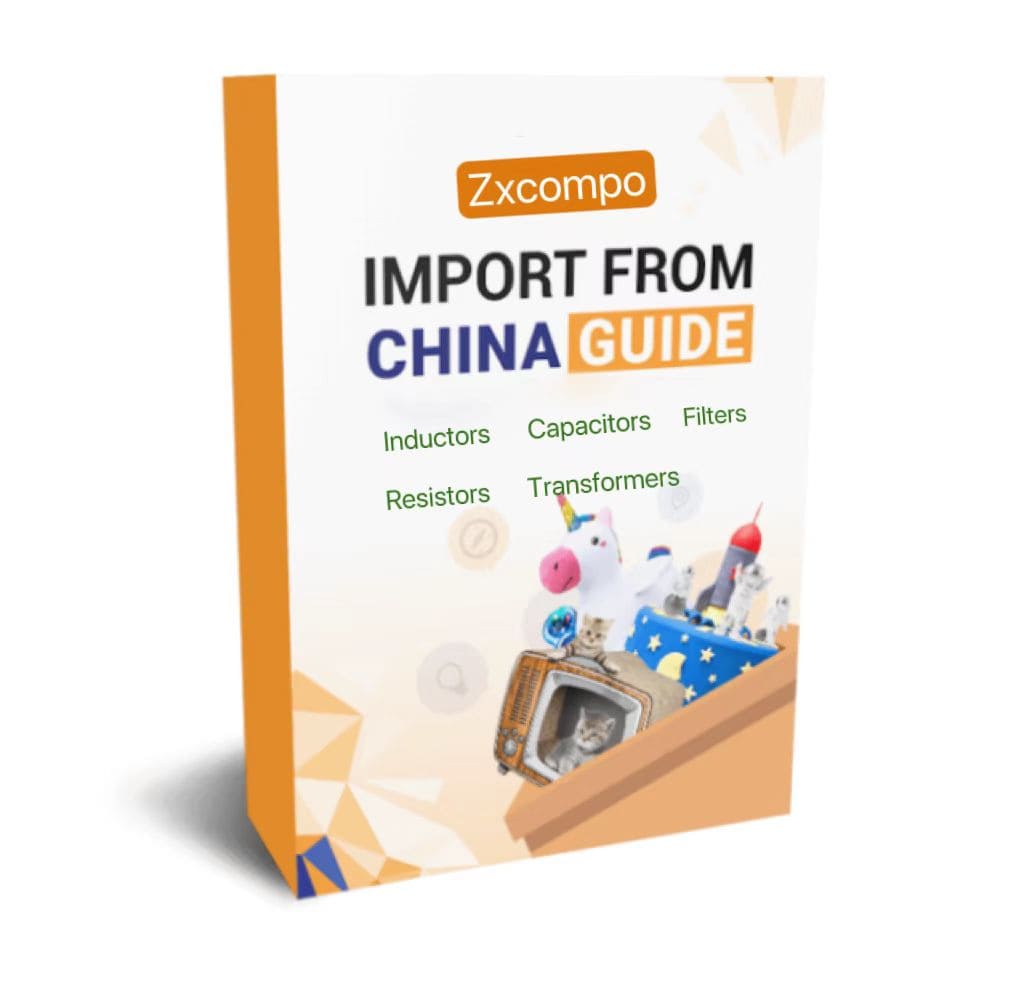Hey there, fellow tech enthusiasts! Ever wondered what’s the big deal about inductor saturation current? Well, let me tell you, it’s more important than you might think. In fact, understanding inductor saturation current is crucial for anyone working with electronic circuits. So, buckle up as we dive into this fascinating topic.
What Exactly is Inductor Saturation Current?
Inductor saturation current, or Isat as it’s often abbreviated, is a key parameter in the world of electronics. It’s the point where an inductor’s magnetic core becomes fully magnetized and can’t store any more energy. Beyond this point, the inductor’s inductance drops rapidly, and it starts behaving more like a regular wire than an inductor.
The saturation current of an inductor is determined by several factors, including the type of magnetic material used in the core, the core’s physical dimensions, and the number of turns in the coil.


What Happens When an Inductor Reaches Saturation Current?
Imagine you’re filling a glass with water. As long as there’s room in the glass, the water level rises steadily. But once the glass is full, any additional water just spills over the sides. That’s pretty much what happens when an inductor reaches its saturation current.
When an inductor saturates, it can no longer effectively store magnetic energy. This can lead to a variety of undesirable effects, such as increased power loss, overheating, and even damage to the inductor or other components in the circuit.
How Do You Measure Saturation Current?
Measuring the saturation current of an inductor isn’t as hard as it sounds. You’ll need some basic electronic test equipment, like a power supply, an oscilloscope, and a current probe. The idea is to gradually increase the current through the inductor while monitoring its voltage and current waveforms.
By analyzing these waveforms, you can determine the point at which the inductor’s inductance starts to drop, which corresponds to the saturation current.
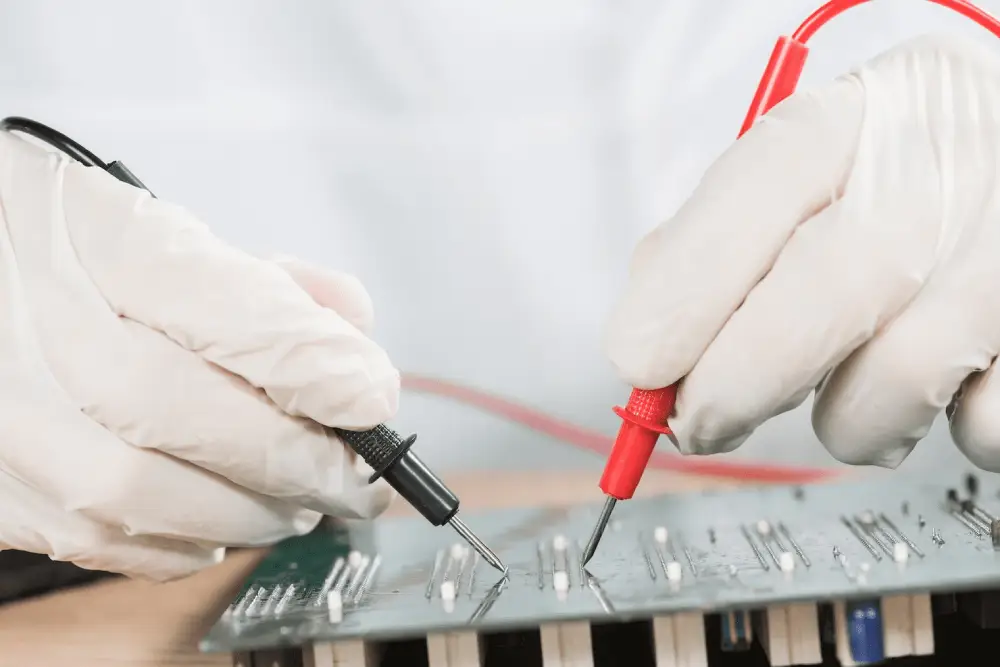
What Factors Influence Saturation Current?
Several factors can influence the saturation current of an inductor. The type of magnetic material used in the core is a big one. Different materials have different magnetic properties, which can affect the saturation current.
Other factors include the physical dimensions of the core, the number of turns in the coil, and the type of winding used. Even the temperature can have an impact, but we’ll get to that in a bit.
How Do You Choose an Inductor Based on Saturation Current?
Choosing an inductor based on its saturation current is a bit like choosing a car based on its top speed. You need to consider your specific needs and the conditions under which the inductor will be operating.
For example, if you’re designing a power supply that needs to handle high currents, you’ll want an inductor with a high saturation current. But if you’re working on a sensor signal processing circuit, other parameters like inductance stability and Q factor might be more important.
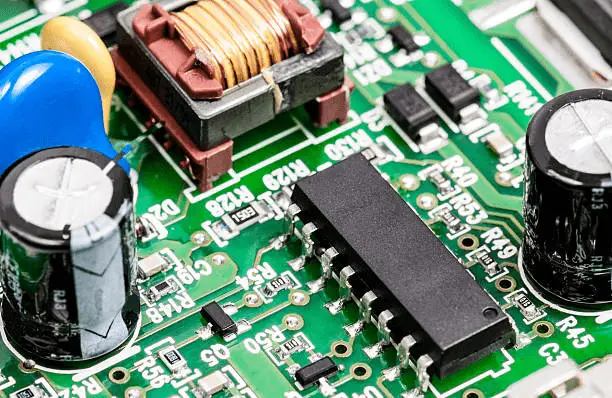
Rated Current vs Saturation Current
Here’s where things can get a bit tricky. Inductor specifications often include both a rated current and a saturation current. So, what’s the difference?
The rated current is the maximum current that the inductor can handle continuously without overheating. The saturation current, on the other hand, is the current at which the inductor’s inductance starts to drop significantly.
The Impact of Temperature on Saturation Current
Remember how I mentioned that temperature can affect the saturation current of an inductor? Well, it turns out that as the temperature increases, the saturation current typically decreases.
This is because the magnetic properties of the core material can change with temperature. So, if you’re designing a circuit that will be operating in a hot environment, you’ll need to take this into account.
Can You Increase the Saturation Current of an Inductor?
Ah, the million-dollar question! Can you increase the saturation current of an inductor? Well, the short answer is yes, but it’s not as simple as turning a knob or flipping a switch.
You could use a core material with higher saturation magnetization, increase the size of the core, or add more turns to the coil. But each of these options has its own trade-offs, so it’s not a decision to be taken lightly.
Wrapping Up
So there you have it, folks! We’ve covered everything from what inductor saturation current is, how it’s measured, what affects it, and even how to choose an inductor based on its saturation current.
Understanding inductor saturation current is crucial when selecting an inductor for your circuit design. It’s one of those things that can make or break your design, so it’s definitely worth taking the time to understand it.
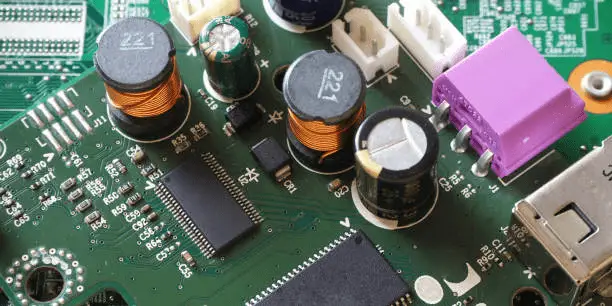
Until next time, keep those circuits humming, and remember – knowledge is power, especially when it comes to electronics!
ZXcompo is a manufacturing company specializing in custom inductors, capacitors, resistors, and more. Find high-quality passive electronic components for your projects. If you have product needs and inquiries. Please contact us now: sales@ZXcompo.com

